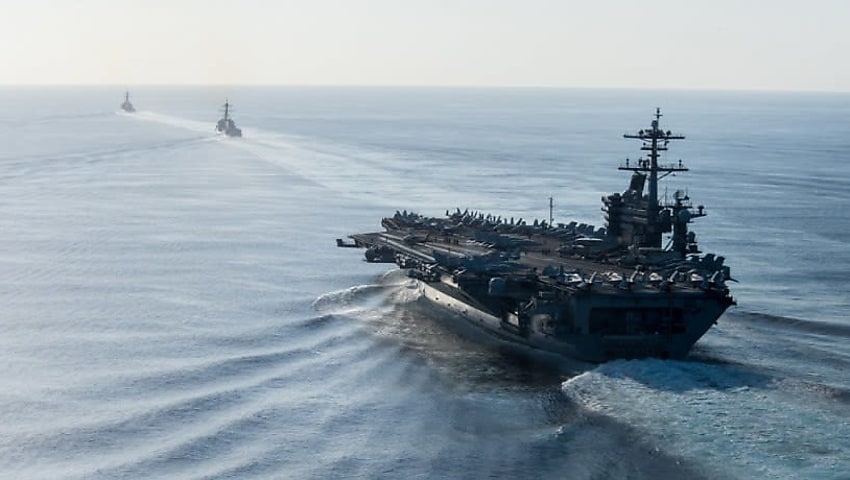The United States Navy placed an order for Avon Protection’s Mi-TIC S thermal imaging camera, with the capability expected to support the US Navy’s firefighting, search and rescue, and casualty response operations.
The capability is a lightweight thermal imager, which can provide detailed imagery in temperatures up to 1,100 degrees. Forming part of the company’s Argus range, the Mi-TIC capability complies with the latest NFPA 1801:2021 standard.
According to the contractor, the Mi-TIC S capability was tailored to enable the US Navy’s Damage Controlman firefighting teams to achieve their operational goals and is scheduled to be rolled out across the fleet.
“This is a significant win for Avon Protection, as well as our strategic partner Darley, who we worked closely with to secure the orders, and demonstrates our commitment to navy firefighter teams and the critical role they play in keeping deployed maritime forces safe on operations,” Erik Cobham, vice president department of defense for Avon Protection, said.
“The Mi-TIC S is globally regarded as a best-in-class product, and we are extremely pleased that the US Navy has continued to put their faith in our leading protection products.”
The news follows an announcement by the US Navy in December that the service had completed its fourth test of the Northrop Grumman-built AGM-88G Advanced Anti-Radiation Guided Missile Extended Range (AARGM-ER).
The missile was launched by the US Navy from a F/A-18 Super Hornet aircraft at the Point Mugu Sea Range off the coast of southern California.
According to the prime, the missile successfully engaged an operationally-representative, moving maritime target.
“AARGM-ER’s performance during testing continues to validate the missile’s ability to detect, identify, locate and effectively engage critical air-defence targets from an extended range,” Captain Alex Dutko, Navy Program Manager for Direct and Time Sensitive Strike (PMA-242), said.
“This test proved the systems’ ability to engage moving maritime targets, a vital capability supporting our Navy’s ability to control sea lanes during conflict.
“Congratulations to the government/industry team for their continual focus on delivering this crucial capability to our warfighters.”
Northrop Grumman has been contracted to deliver production units of AARGM-ER to support initial operational capability (IOC) fielding within the next two years.
The prime has secured a low-rate initial production contract for both the first and second lots of AARGM-ER.
AARGM-ER leverages existing AARGM sensors, electronics and digital models, as well as a new high-performance air vehicle, solid rocket motor and advanced warhead.
This is tipped to provide counter-air-defence capability for US Navy, Air Force and Marine Corps warfighters.
“The necessity for a reliable, stand-off, survivable weapon continues to grow as our adversaries’ threat systems become longer range and more lethal,” Gordon Turner, vice president, advanced weapons, Northrop Grumman, said.
“AARGM-ER continues to demonstrate the ability to affordably meet mission requirements and safeguard those protecting our country.”
The next-generation anti-radiation missile is expected to be deployed from Navy F/A-18E/F Super Hornet and EA-18G Growler aircraft, as well as the US Air Force’s F-35 fleet.
[Related: Northrop Grumman secures UH-60V contract]






